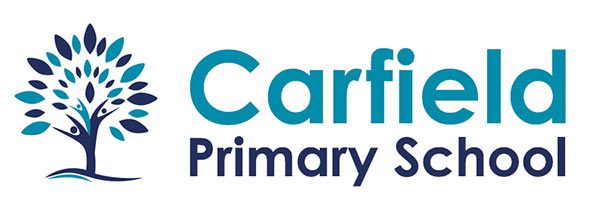Year 1
In Year 1 we build on similar experiences that the Early Years Team create by learning through stimulating and creative hands-on learning. We teach English, RWI phonics and Maths every morning. We complete topic learning in the afternoons and make learning purposeful and practical.
We believe that our bespoke Curriculum fosters children’s curiosity about the world around them and nurtures a love of lifelong learning. It is structured in such a way that immerses children in a project, allowing them to make connections and meaningful links between subjects and to talk about a topic from different perspectives. Each subject, whilst linked to the others being taught, keeps its own characteristics and the children will frequently behave like historians, geographers or artists.
The half termly overviews clearly show the key elements of our Curriculum, the links between subjects and what children will be learning each half term.
At the heart of each project is a ‘Core Text’ which is inspired by and linked to the foundation subjects of the National Curriculum. The children study this text in a blended way, using what they have learned in their reading lessons and applying it to their writing. Each new project starts with a ‘Project Title’. ‘Visits and Visitors’ are a big part of our curriculum strengthening understanding as well as making learning memorable. ‘Vocabulary’ helps children to think and learn about the world. Learning the subject specific words on the overview and using them when talking, will allow children to communicate their thinking and understanding more effectively.
At the end of year 1, all pupils take part in a National Phonics Screening Check. This check assesses your child’s ability to read words phonetically and enable teachers to identify areas of support if needed.
Do you have a question? Please speak to your child’s class teacher.

What is phonics?
Phonics is a way of teaching children to read quickly and skilfully. At Carfield school the children have a daily phonic lesson. As a school we follow Read Write Inc synthetic phonic programme.
They are taught how to:
- Recognise the sounds that each individual letter makes.
- Identify the sounds that different combinations of letters make – such as ‘sh’ or ‘oo’
- Blend these sounds together from left to right to make a word.
Children can then use this knowledge to ‘de-code’ new words that they hear or see. This is the first important step in learning to read.
What is the phonics screening check?
The phonics screening check is a quick and easy check of your child’s phonics knowledge. It helps our school confirm whether your child has made the expected progress.
How does the check work?
Your child will work with their class teacher and be asked to read 40 words aloud. Your child may have read some of the words before, while others will be completely new. The check normally takes just a few minutes to complete and there is no time limit. If your child is struggling, the teacher will stop the check. The check is carefully designed not to be stressful for your child.
What are ‘non-words’?
The check will contain a mix of real words and ‘non-words’ (or ‘nonsense words’). Your child will be told before the check that there will be non-words that he or she will not have seen before. Your child will be familiar with these already as we use ‘non-words’ when we teach phonics. Non-words are important to include because words such as ‘vap’ or ‘jound’ are new to all children. Children cannot read the non-words by using their memory or vocabulary; they have to use their decoding skills.
After the check.
We will tell you about your child’s progress in phonics and how he or she has done in the screening check. All children are individuals and develop at different rates. The screening check ensures that teachers understand which children might need extra help with phonic decoding.
